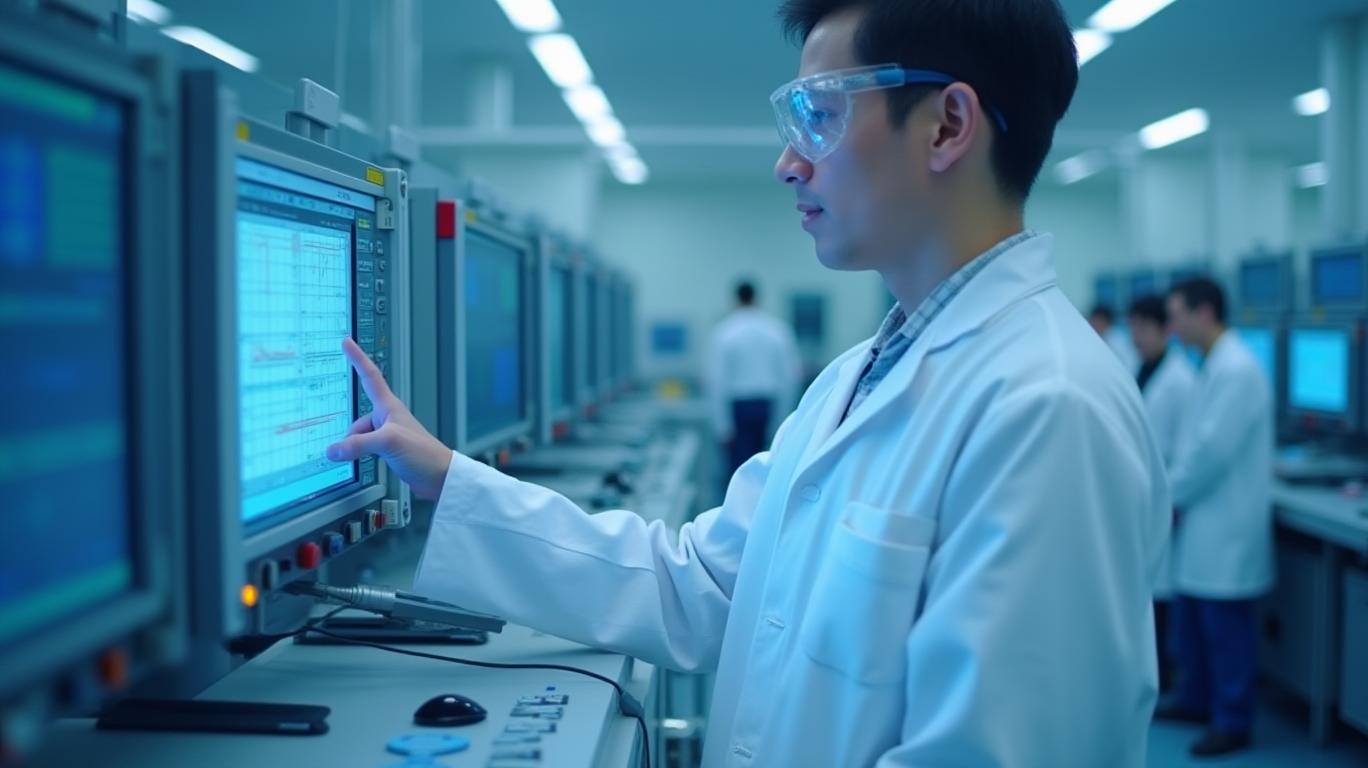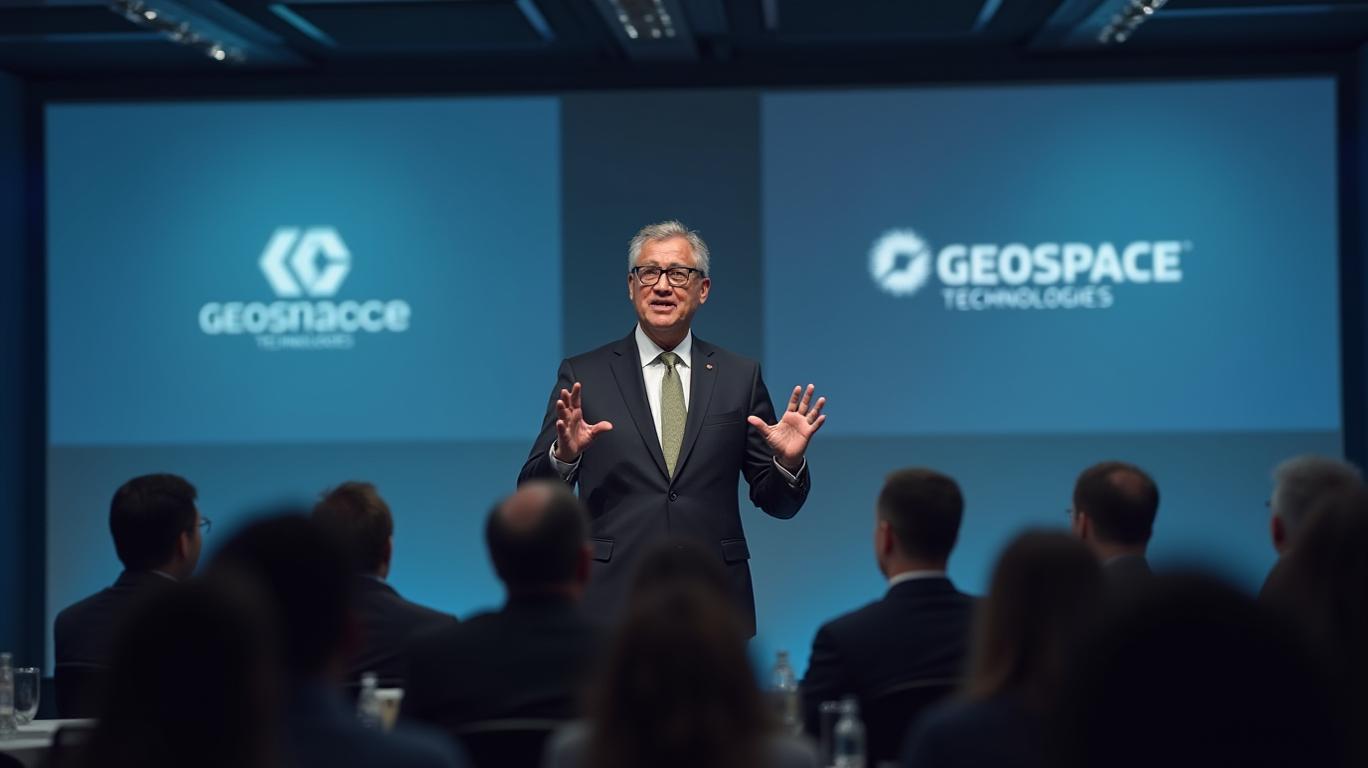Telescope Innovations Soars in Q2 2025: A Balancing Act of Growth and Risk
The latest earnings report from Telescope Innovations paints a picture of a company racing ahead on multiple fronts—expanding its footprint in China, advancing AI-driven lab automation, and pioneering sustainable lithium production. Yet beneath the surface of its 46% revenue surge lies a critical question: Can this explosive growth translate into profitability without derailing its ambitious vision? Let’s dissect the numbers and strategy.
Financials: Growth at a Cost
Telescope’s Q2 2025 revenue hit $1.0 million, a 46% jump from the prior-year period. However, expenses soared to $1.7 million, up 34% year-over-year, as the company funneled cash into R&D and scaling operations. The adjusted EBITA loss widened to $442k, a 36% increase from Q2 2024. While management calls this “on budget,” investors must weigh whether the reinvestment is a necessary bridge to future dominance or a risky overextension.
Operational Breakthroughs: A Portfolio of Promising Bets
China Dominance with DirectInject-LC™
The launch of DirectInject-LC™ in China, partnered with Mettler Toledo, has drawn in heavyweights like AstraZeneca and Takeda. Over 200 customers attended a user forum, signaling strong demand for the tool’s ability to accelerate pharmaceutical R&D. With China’s pharmaceutical market projected to reach $150 billion by 2027, this foothold could be a goldmine.EasyFrit: Expanding the Toolbelt
The new EasyFrit accessory, co-developed with Mettler Toledo, targets crystallization and heterogeneous processes—key areas for chemical and pharmaceutical giants. By enhancing process understanding, it broadens DirectInject-LC™’s appeal, creating a “flywheel effect” where satisfied customers buy more tools and upgrades.Self-Driving Lab (SDL): The Future of Pharma R&D
The SDL collaboration with Pfizer is a moonshot. By automating chemical synthesis with AI and robotics, it’s achieving 100x faster research cycles than traditional methods. With a 33% workforce expansion in six months—hiring chemists, engineers, and AI experts—Telescope is doubling down on this game-changer. If successful, this could redefine how drugs are discovered, making it a must-have for pharma’s biggest players.Brine-to-Battery: Tackling the Lithium Supply Chain
The ReCRFT™ tech’s ability to produce >99% pure lithium carbonate from North American brines is a direct hit at EV battery bottlenecks. With the lithium market expected to hit $100 billion by 2030, this innovation positions Telescope as a critical player in the EV revolution, especially for companies aiming to localize supply chains.
Risks and Reality Checks
- Profitability Lag: The EBITA loss expansion underscores the tension between growth and cash burn. While management cites “alignment with FY 2025 targets,” investors must see a path to positive margins—or risk a valuation reckoning.
- Market Adoption Hurdles: China’s regulatory environment and competition in analytical tools could slow DirectInject-LC™’s penetration. Similarly, the SDL’s success hinges on Pfizer’s willingness to scale the technology beyond pilot phases.
- Patent Portfolio Pressure: While Telescope’s IP portfolio is robust, copycats or faster-moving competitors could erode its edge.
Conclusion: A High-Reward, High-Risk Play
Telescope Innovations is executing a bold strategy: betting big on tech that could redefine industries. Its 46% revenue growth, partnerships with Pfizer and AstraZeneca, and breakthroughs like the 100x faster SDL research all suggest it’s on track to become a leader in smart chemistry and sustainable materials.
Yet the risks are clear. The $1.7 million in expenses and widening EBITA loss mean profitability remains distant. However, with a 33% workforce expansion boosting expertise and a $1 billion lithium market in its sights, the company’s long-term potential is undeniable. Investors should consider: Is the stock’s current valuation (check its price trajectory via the data query above) a steal for a company pioneering the future of R&D—or a gamble on unproven execution?
For now, Telescope’s Q2 results are a strong signal: this is a company to watch closely, but only for those with a high tolerance for volatility and a belief in its vision.










